Burma. Myanmar. Never heard of it? Where is Myanmar actually you are asking?
When looking at the world map its pretty much to the left of Thailand and Laos, China sits on top of it and Bangladesh and India boarders it to the west.
It's rapidly becoming a new traveller hotspot in Southeast Asia after years of isolation.
Four weeks spent in different parts of this wonderfully mysterious country made me realise how different things are from other destinations in Southeast Asia.
This country has certainly kept some random characteristics you will sooner or later encounter when travelling to this fascinating place with its friendly and welcoming people.
Go and see the best of Myanmar now, before it's too late!
Related Article: The Everything-You-Must-Pack List For Your Trip To Myanmar
Myanmar Travel Guides
#1 Money Exchange Stations Are A Picky Business
You will probably encounter this phenomenon right at the start of your trip when you arrive at the airport and try to get hold of some Kyat (pronounced “chat”), the local currency. When I arrived at the money exchange I shuffled over my visible crinkly 50 US dollar note as the person behind started frantically straightening out the creases and lines on the note.
Umm, ok come one, the note didn't look that bad!
Actually, I remember my grandma giving it to me just before my trip to support my travels – thanks gran! But this also meant that the note was printed in 1986 as she had kept it in the draw from her last big trip. I mean it's exactly the same value, it's a US dollar note and still I encountered places that rejected the notes and only taking those spotless ones printed from the year 2001 onwards.
What a weird habit those money exchangers, banks and restaurants have by only taking spotless US dollar notes. Some places around the country only recently started exchanging Euro and some other currencies as well, but it’s still rare.
ATMs are still being introduced around the country and are common now in tourist hubs but having enough spotless US dollars to exchange comes always handy. Even though it is understandable that the monetary upheavals of the past somehow justify why people seek for alternative currencies like the US dollar to store their wealth, I am still baffled by their demand for perfection.
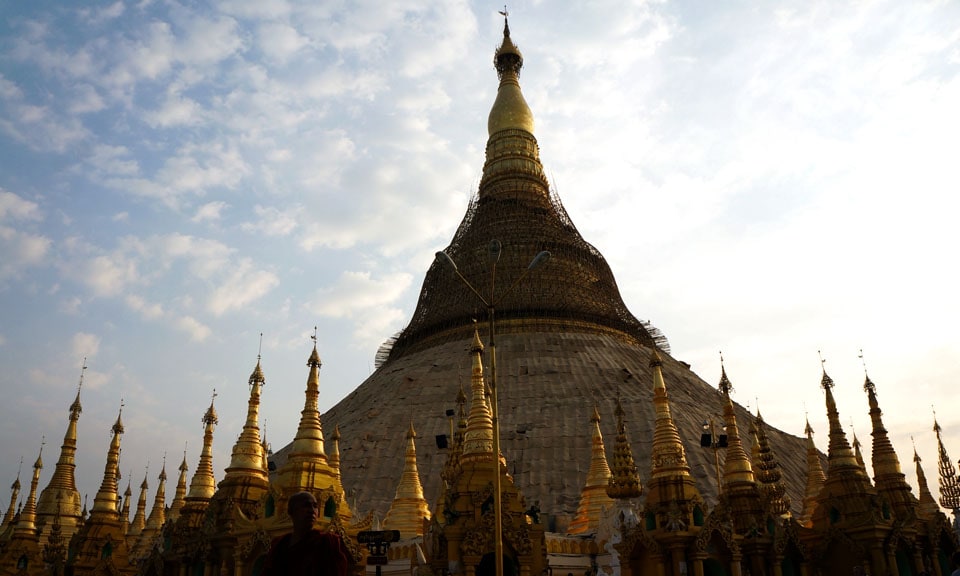
#2 Skirts Are Worn Widely
You may wonder why the majority of men on the streets are proudly wearing skirts? Those skirts are called Longyis, a traditional (and apparently the most comfortable) piece of cloth in tube shape that gets wrapped around the waist and I would compare it to something like a Sarong. Even though it looks similar, both men and women wrap their Longyi differently with men tying a knot in the front and women tying the knot on the side.
Besides being highly comfortable, Burmese people prefer wearing the Longyi as it keeps the air circulating especially on hot summer days, as one local explained to me in Inle Lake.
Wondering what the dress code in Myanmar is?
Read everything you need to know about appropriate clothing in Myanmar & things to consider PLUS everything you must pack for your trip to Myanmar!
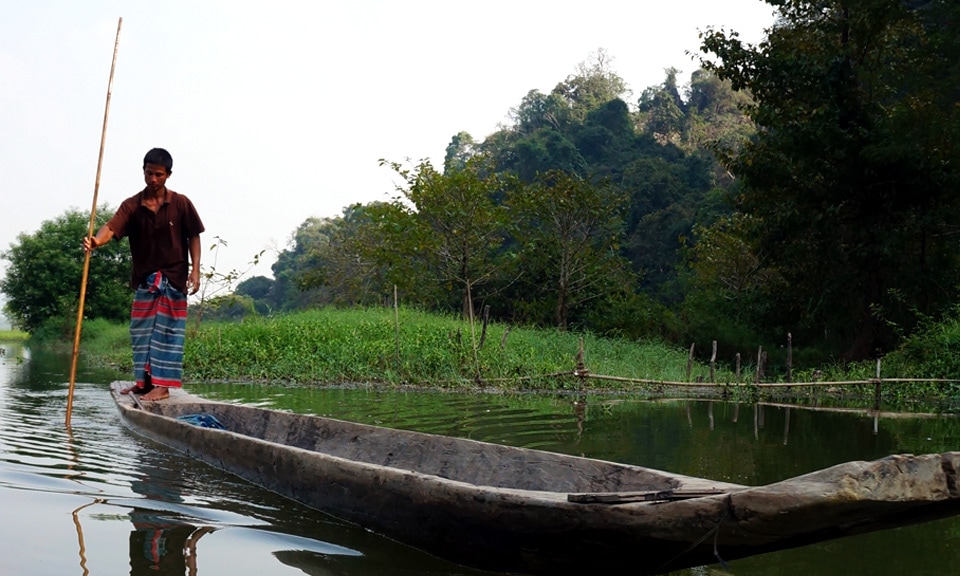
Every Burmese owns at least one of those stylish pieces printed with different patterns and are explicitly required to be worn on special occasions like weddings.
In the countryside you see almost everyone wear them but as time moves and Western influences in the country rise, there are more also people wearing shorts and jeans. Nevertheless, I had a feeling the Longyi will probably stay for a while.
#3 Getting Around Myanmar Is Adventurous
Most of my journey around Myanmar was done in busses – nice ones, local ones, small ones, loud ones and crowded ones. You will never really know what you will get. Generally, I found the busses were in better condition than I expected.
When you buy a bus ticket in one of the tour shops people will show you what the bus looks like on pictures and I found that they wouldn't put you on the worse ones. The best Myanmar companies to go with are JJ Express, Elite, Lumbini and M Express as they all prove to be quite comfortable providing blankets and water while there are also VIP options with personal screens.
What all busses had in common? They were ridiculously freezing as the air-con seemed to be rambling on 15 degrees, jumper and blanket needed to tour Myanmar!
There are also plenty of options to take the boat as I did from Mawlamyine to Hpa-An which was a chill 4 hours sitting under a small shady roof in a wooden nutshell with a handful of people (recommended!). There are also bigger boats going from Bagan to Mandalay but that is a day trip while the bus only takes 4 hours – but on a very rocky, sandy road which doesn't really let you sleep. In fact, most roads are like that in Myanmar as well as some really windy ones through the mountains. I can highly recommend taking some motion-sickness tablets and always remember:
There are also bigger boats going from Bagan to Mandalay but that is a day trip while the bus only takes 4 hours – but on a very rocky, sandy road which doesn't really let you sleep. In fact, most roads are like that in Myanmar as well as some really windy ones through the mountains.
I can highly recommend taking some motion-sickness tablets and always remember: It's about the journey, not the destination!
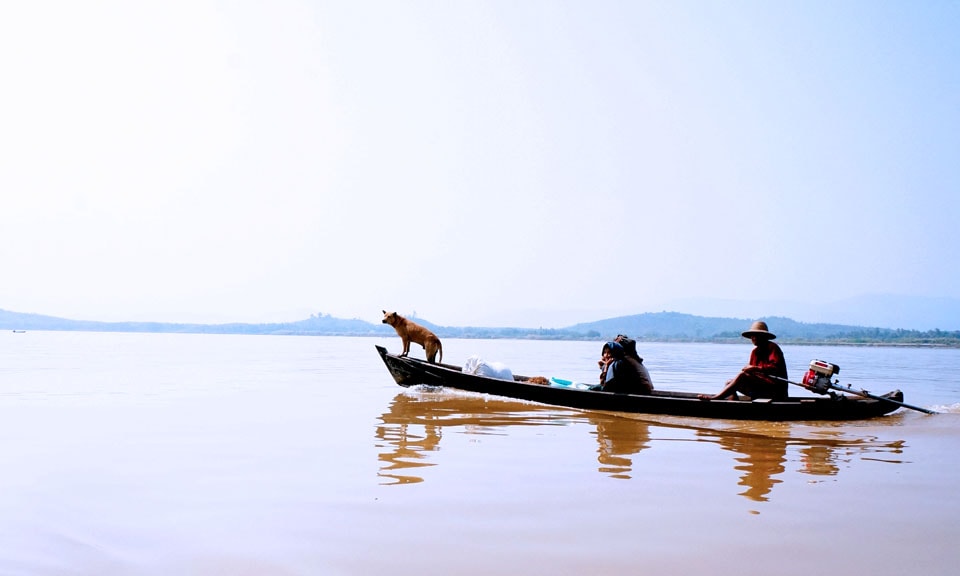
Flying is more expensive at around US$100 for a one-way as only domestic airlines operate within the country and low-cost carriers like AirAsia get you into the country to Yangon, Mandalay or Nay Pyi Taw, which is the new capital of Myanmar since 2005.
Arriving at your destination, you will either have to take a Tuk Tuk, taxi, pickup bus, motorbike taxi, bike or horse cart to get around.
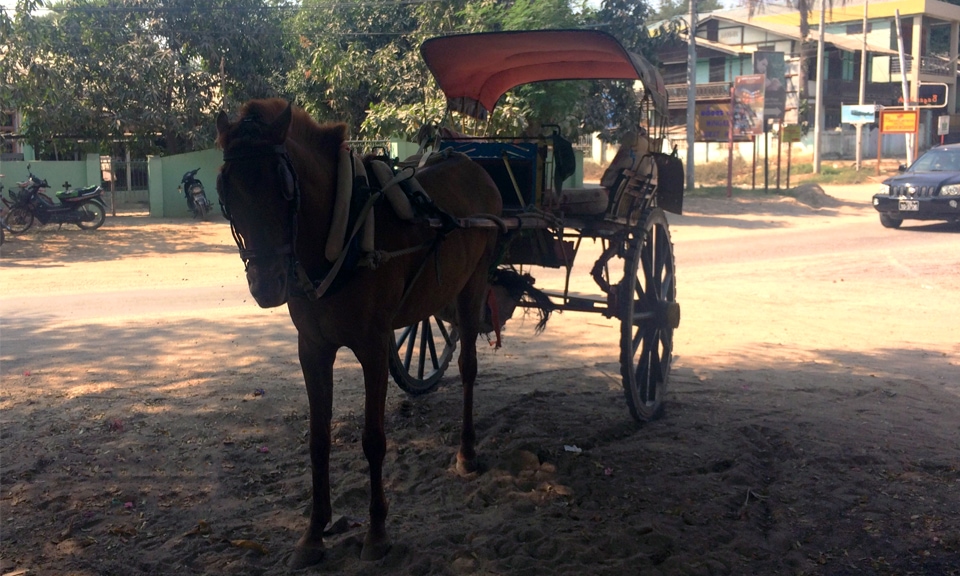
#4 Accommodation Is Pricy
Ok, maybe that is a slight overstatement. But surely it is true that accommodation in Myanmar is far more expensive than in any other country in Southeast Asia. This is especially true when you are a solo traveller and have no one to share your room rate with as hostels are not always available in all tourist places.
For example, Inle Lake, one of the top Myanmar tourist spots, only has guest houses and hotels, no dorms. Consequently, you will have a double room to yourself but your will have to pay the price for it too. Unfortunately, the value you get for the price you pay is not amazing either and you can expect to pay roughly twice as what you would pay in Thailand for the same standard.
The reason for those skyrocket prices is an increasing amount of travellers for the same amount of hotels as well as the new openness of the country attracting large multinational companies and expats from all over the world who are looking to grab a slice of the economic pie. This overwhelming demand is consequently driving real estate and land prices up.
Plan and book a little ahead in high-season (November to February) as accommodation and especially the budget options in popular places are often quickly booked.
Related Article: The Best Budget Accommodation In Yangon, Myanmar
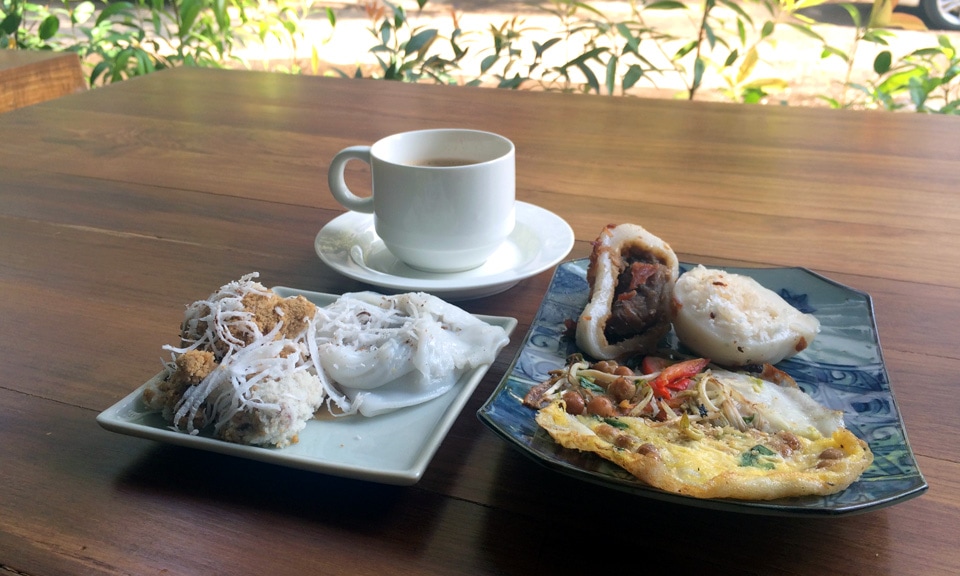
#5 The Food Is Great But Food Poisoning Is Not Uncommon
Speaking about food… Myanmar boasts some great local dishes like Mohinga (rice noodles in fish soup), Shan noodles, steamed buns filled with red beans or pork, samosa salad, vermicelli noodles. And one dish that recently became my absolute favourite: tea leaf salad! Unexpectedly, but even if you try it once and you do not like it I encourage you to try it again in a different place.
Since I am a big desert person I also enjoyed the many sugary bites inspired with coconut and palm sugar.
As in all countries in Southeast Asia when it comes to street food and water you should take some care. Normally, where there are many people, you can expect a high turnover of food and anticipate mostly fresh stuff. Be careful when things sit under a net on the side of the street especially when it normally needs to be cooled.
Also: only drink bottled water as contaminated water is the number one source here to get sick! If you want to be extra cautious, brush your teeth with bottled water. Hygiene can be a problem and I myself had to experience some uneasiness with food which led me to become rather vegetarian in most places. I have met quite a few people who had some problems with the food hygiene and it seems to be common to get sick at least once on a trip to Myanmar – accept it and move on!
Additionally, I can really recommend joining Yangon Food Tours if you are interested in tasting authentic local burmese street food. The food I have tried on this tour was so delicious as well as safe and awaited in the most unexpected places around Yangon's Old City, I highly recommend joining!
Related Article: Top Things Not To Miss In Yangon, Myanmar
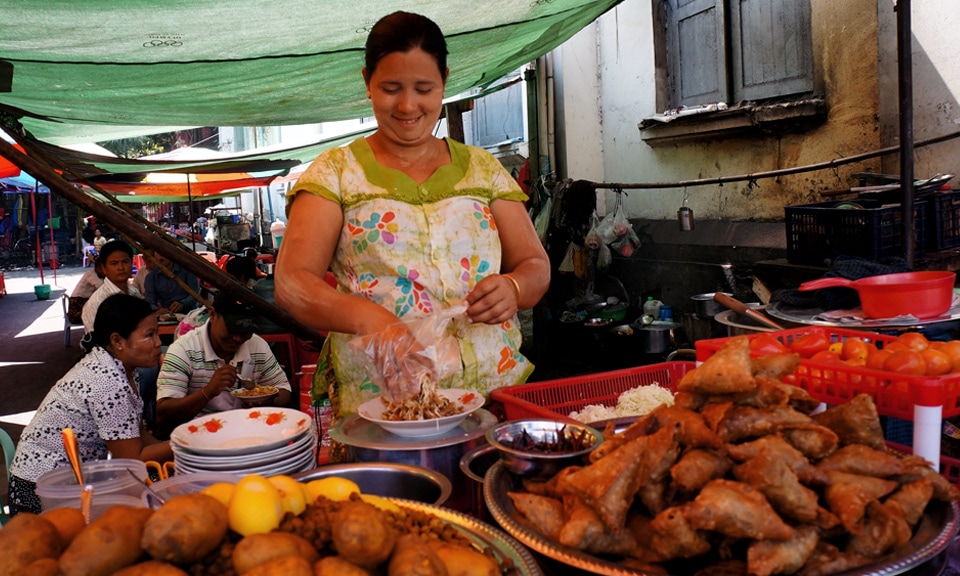
#6 Your Washing Is Most Likely Done By Hand
While in neighbouring countries like Thailand you could wash 8kg of dirty clothes for around 20-40 THB ($US0,60 – 1,15) or even get your whole washing cleaned, dried and ironed for about 180 THB, be aware that washing in Myanmar is almost always done by hand.
Washing machines are a rare sight and I have seen no self-serve machines anywhere but people washing in big tubs or basins in their homes. Washing is treated by piece and therefore expensive. One piece (yes, including each piece of your undies) are about 300 kyat and bigger pieces like jeans are around 500 kyat.
Then there is a general shortage in electricity and also electronic appliances with only 25% of the population being connected to power lines and outages are common throughout the country making it a tough environment for a washing machine to properly wash off that dirt anyways.
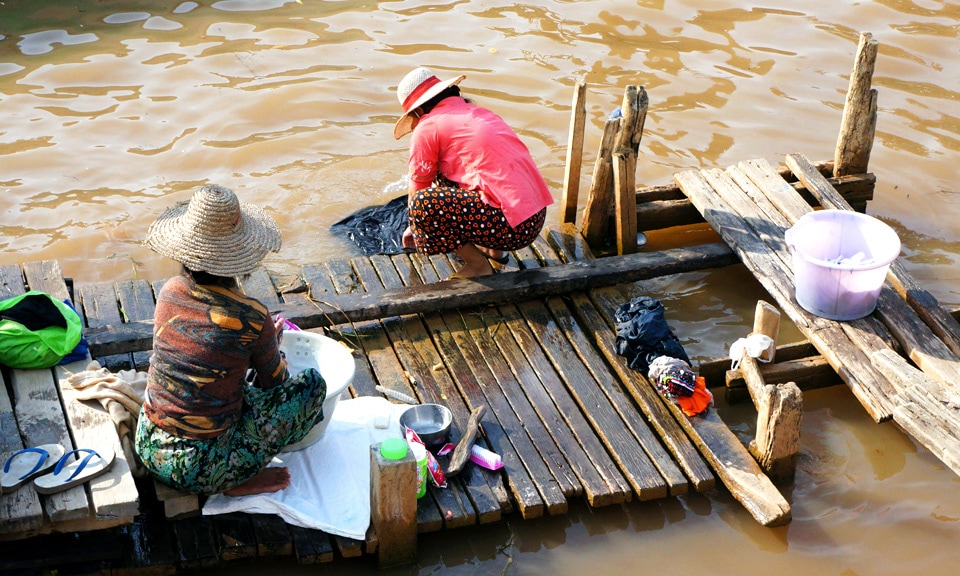
#7 Burmese Are More Educated Than You Think (And Very Curious!)
Burmese are generally quite educated with a literacy rate of 92.7%. And according to a local guide even more closer to 97% in 2015. Book stands on every corner of the streets of Yangon seem to desperately want to prove this statement right. While it's said that there is no gender discrimination in the education system as well as legal and economic rights are equal, statements are contradictory from different sources.
During my time travelling through Myanmar, I have encountered many locals who speak quite well English, German and French and I am sure some other languages as well. They seem very eager to learn and it is therefore no surprise that you will find friendly locals hanging out at tourist attractions like the Shwedagon Pagoda in Yangon or Mandalay Hill.
They will smilingly come up to you and start a conversation about your country, Myanmar and prove to have quite some humour to joke around too. Fear not, most of them have a genuine interest in learning and not ripping you off and asking for money in the end as I have encountered in other Southeast Asian destinations.
However, if you don’t feel comfortable you are always able to say ‘No' and most locals would leave you alone.

#8 There Are No Chain Restaurants Or International Brand Shops
Unlike its' neighbouring countries, 7-Eleven is not lurking around every street corner. There is no Starbucks, Mc Donald's, Subway or Pizza Hut. As the country is slowly opening up for international businesses especially Asian food franchises from Japan, Singapore and South Korea flock into the country.
American chains are being more cautious due to continuing political instability and economic sanctions against the country which make it harder for US companies to invest in it.
With one of the lowest per-capita gross domestic product in Southeast Asia and around 20% of the population of the country falling below the poverty line, it is obvious that the market for international chain restaurants remains small as people cannot afford to buy single meals costing between 3,000 and 4,000 kyat (US$ 2,70 – 3,50) which is the normal daily budget for a family of 5.
And then there is the unstable infrastructure to keep foods fresh or frozen as well as the road network to transport commodities around the country smoothly, which has yet to be developed.
But don’t worry, it's nice to not see the “same same” as in other Asian countries and even though the country remains largely untouched by Western brands you can still find yourself a cold Coca Cola (which is bottled in the country for the first time in over 60 years!) and that Colgate toothpaste!

#9 If You Hear Kissing Sounds In A Restaurant…
It is most likely that your neighbour doesn’t really want to give you a big wet kiss but actually get the waiter's attention to order food. So don’t be alarmed!
The kissing sound, which sounds more like calling a cat, is the Myanmar way to whistle for another person. Yes, really! It works in restaurants as well as on the street, but be careful it’s not always a nice, polite way and is not practiced in higher establishments.
One of the places you will hear this sound a lot is crowded Chinatown in Yangon with it's exotic foods and night market. I recommend you walk down 19th Street and take a seat at any of the stalls to drink a local Myanmar beer and eat some inexpensive meat and vegetable skewers.
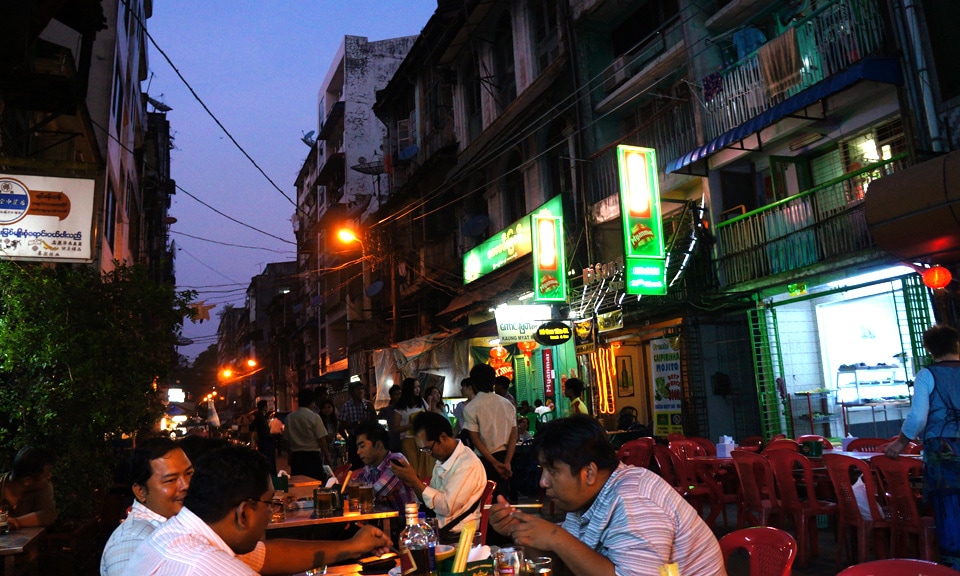
#10 The Red Stains On The Ground
And the people smiling at you with red-stained teeth are surely no vampires! For most people in Myanmar chewing betel nut is a beautiful way to just pass time. In addition, nibbling on betel nut has a mild narcotic effect and is highly addictive.
Basically how it works is: betel nut is rolled together with limestone paste, spices and sometimes tobacco in a leaf and chewed for a few minutes before spitting the remains, which have a red colour, out onto the street. People who chew those so-called “packets” for years usually have red-stained teeth.
You will frequently see small street stall selling them pretty much everywhere from the city to the countryside. On all the busses I have travelled they provided little plastic bags and I first thought they were supposed to be for people who get sick (because of the rough rides) but in fact they served to be the spitting bags for locals who couldn't stay away from chewing betel nut.
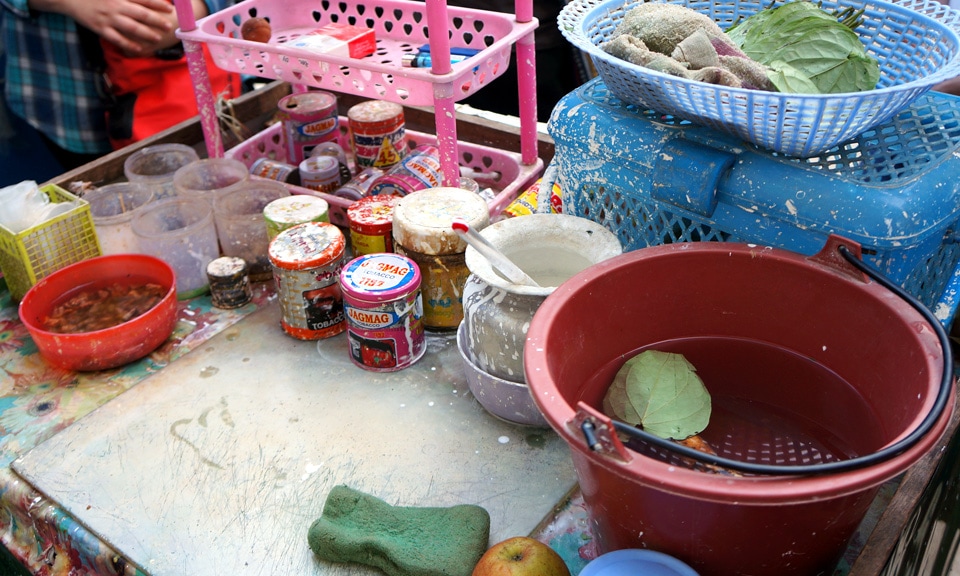
#11 Thanaka
Walking through the streets of Myanmar you will encounter many people wearing some yellowish-white dried paste on their face which sometimes also cover their arms and body. That paste is called Thanaka and mostly used by Burmese woman who wear it like cosmetics.
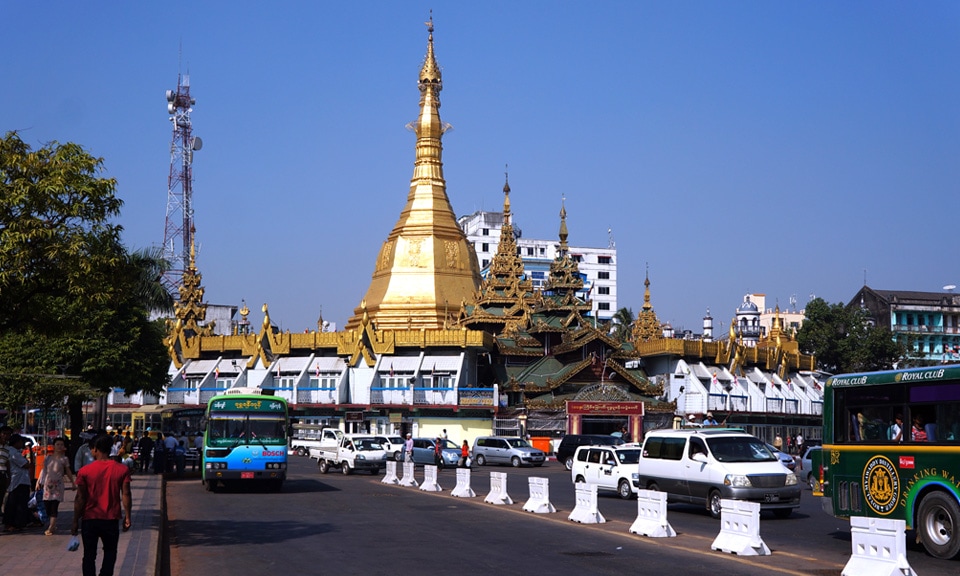
Apparently it is preventing sunburn as well as having anti-inflammatory assets and helping to cool the skin in summer and prevent bad body odours.
Thanaka is made from ground tree bark and traditionally used in Myanmar since over 2000 years. You will see many different patterns on people's faces like circles, lines or squares.
Office workers who spend their majority of time inside wearing it less than the countryside population as it is increasingly not considered modern and Western cosmetics are introduced to the country.
#12 It Can Actually Get Quite Chilly In Myanmar
So what are the Myanmar temperatures like?
Travelling from sweaty hot Yangon to Inle Lake and then Bagan was a bit of a shock for me. While I only packed one jumper when I embarked on my Asian journey last October I have actually encountered more than one freezing situation in the past months.
Temperatures throughout Myanmar vary especially since the Northern part comprises the foothills of the Himalayas. The cooler, dry months between November and March are a good time to visit as the climate in Yangon and the Southern parts is tropical with an average around 27 degrees.
However, tourist hotspots like Inle Lake, Bagan and also Mandalay can go down to 8 to 10 degrees minimum at night while daytimes stay warm around 25 degrees.
Keep this in mind when planning for an early morning sunrise as I was freezing in my jumper and scarf especially while making my way to the temple on my e-bike at 5.30am through the cold breeze.
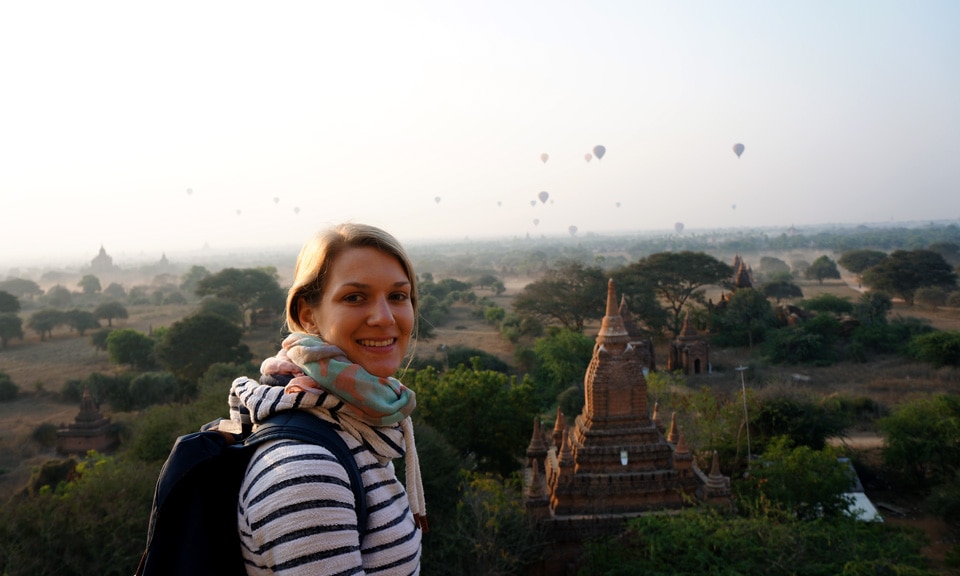
#13 The Week In Myanmar Has 8 Days
Highly odd is that according to Myanmar traditional astronomy the week counts a total of 8 days instead of the international recognised 7 days. To accommodate the additional day, ancient monks split Wednesday into two days: the first half going from midnight until noon and the second half being from 12.01pm to 12.00am.
According to old beliefs, Myanmar Buddhists place great importance on recognizing the day they were born as well as the animal which is linked to that day. For example I was born on a Sunday, so when visiting the pagoda I would traditionally go to the so-called “Sunday corner” which is clearly marked at all main pagodas.
In order to ensure peace and good wishes and avoid misfortune and bad luck, water is poured over the Buddha image. Burmese Buddhists also consult astrologers for things like moving houses, getting married or doing new business who will then specify a number of cups they need to pour over their birthday corner in order to received good luck for their doings.
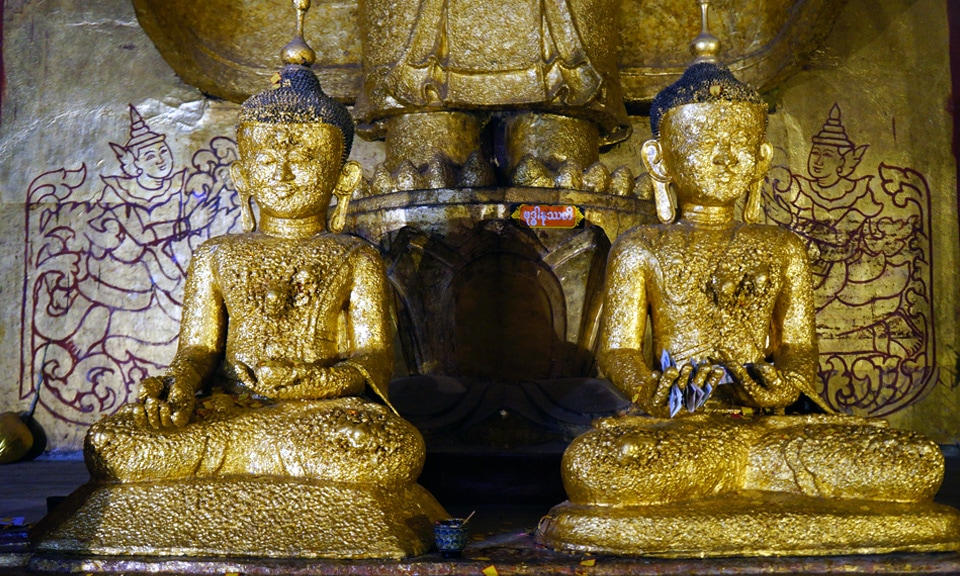
There has never been a better time than now to visit the beautiful country of Myanmar, see them advance and on the move forward, learn from the local people and simply discover a country so different from anything you have ever seen before!
Have You Been To Myanmar Or Are You Planning To Go?
Don't Go Without Travel Insurance
Why buy travel insurance from World Nomads.com?
- Backed by specialist insurers and global assistance partners
- Buy Online, even if you’ve already left home
- Buy more cover and claim online while travelling
- Covers a range of adventure sports and activities
- Give a little back and support a community development project
Please note, this post may contain affiliate links, which means that – at absolutely no cost to you – we earn a small commission on sales generated through this website. We only recommend sites we actually use and thank you for your support!